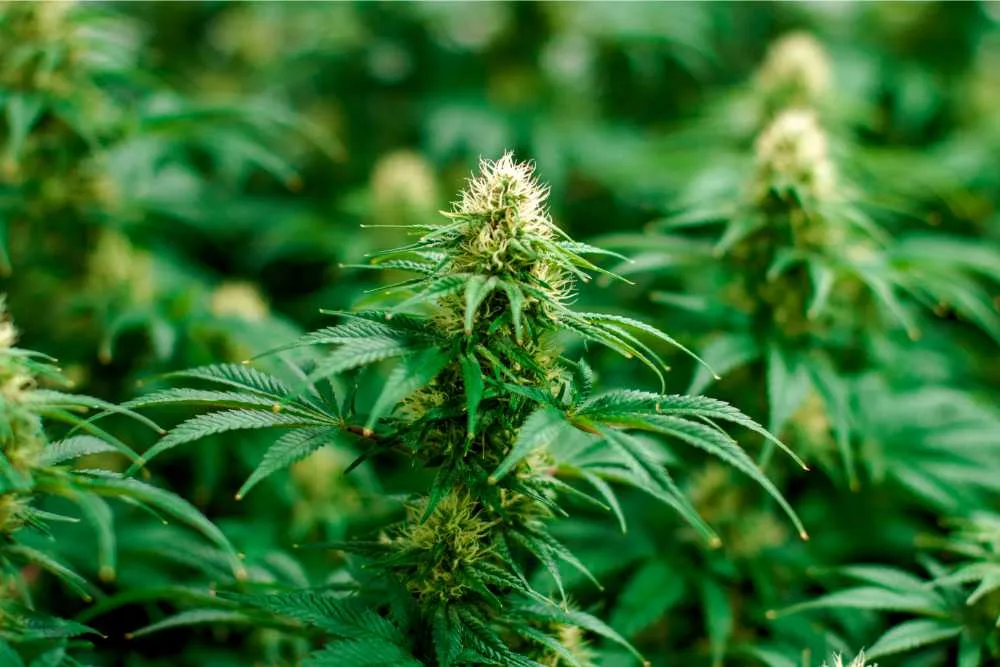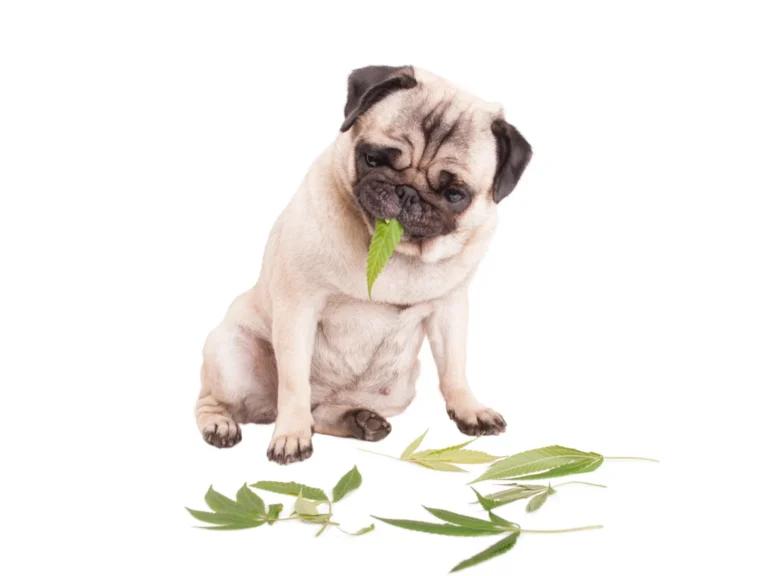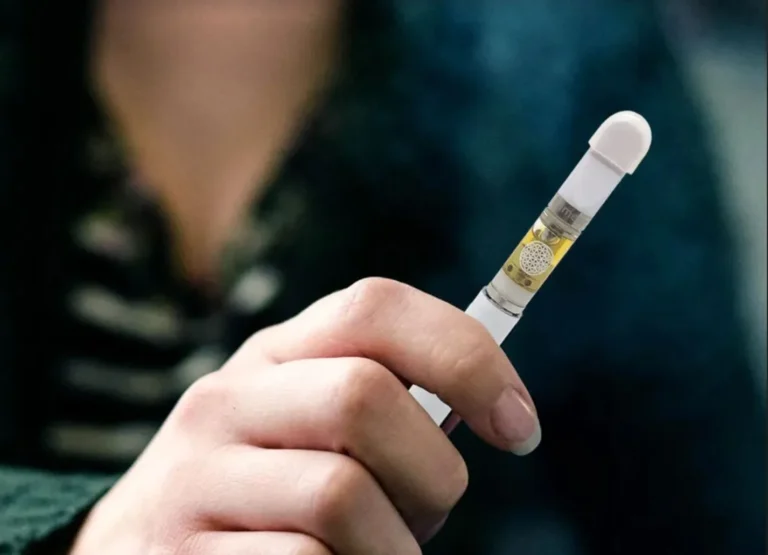How Is Delta 9 Flower Made
As more consumers seek natural alternatives for experiencing the effects of Delta-9 THC, the primary psychoactive compound in cannabis, Delta-9 flower is becoming increasingly popular. Renowned for its potent and balanced effects, Delta-9 flower provides a pure, authentic cannabis experience. Producing this flower is no easy task—it requires a careful and expert approach to cultivation, extraction, and quality control.
Understanding Delta-9 THC and Its Natural Origins
Delta-9 THC, or Delta-9 tetrahydrocannabinol, is the main psychoactive cannabinoid in cannabis that delivers the signature “high.” Naturally occurring in the plant, Delta-9 THC interacts with the human body’s endocannabinoid system, influencing mood, relaxation, and perception. Delta-9 flower contains a high concentration of this compound, which is often achieved through meticulous cultivation and precise post-harvest techniques.
The process of creating top-tier Delta-9 flower requires careful attention at each stage, from the growing conditions to the curing method. Every detail plays a crucial role in enhancing THC levels while maintaining purity and potency, ensuring a premium product.
The journey to creating Delta-9 flower begins with the cultivation of specific cannabis strains. Growers select strains known for their high Delta-9 THC content, such as certain sativa, indica, or hybrid varieties. These strains are often genetically optimized to produce high THC levels while maintaining other desirable attributes, like aroma, flavor, and cannabinoid balance.
Cannabis plants thrive in controlled environments where light, temperature, humidity, and nutrients are closely managed. Indoor or greenhouse cultivation is commonly used, as it allows for precise control over the conditions, promoting robust growth and higher THC concentrations.

The Cultivation Process: From Vegetative to Flowering Phase
Cannabis plants undergo a vegetative phase, where they grow strong stems and leaves, followed by a crucial flowering phase where THC-rich buds develop. During the flowering phase, environmental conditions are adjusted to maximize cannabinoid production, ensuring the plants achieve their full potential.
Harvesting and Trichome Development
Harvesting plays a pivotal role in the creation of Delta-9 flower. The plants must be harvested at the optimal time when cannabinoid and terpene levels are at their peak. Growers monitor the development of trichomes—resinous glands on the flower that house most of the plant’s cannabinoids and terpenes. As these trichomes mature, they change color, signaling the ideal moment for harvest when the Delta-9 THC content is highest.
Once the plants are harvested, they are carefully trimmed to remove excess leaves and stems, improving the purity, potency, and visual appeal of the flower, which enhances its market value.
Drying and Curing: Preserving Potency and Flavor
After trimming, the Delta-9 flower undergoes drying and curing to preserve its potency, flavor, and overall quality. During the drying process, the flowers are placed in a controlled environment, where humidity and temperature are monitored to reduce moisture levels and prevent mold. This step is critical for maintaining the integrity of cannabinoids and terpenes.
Following drying, the flower enters the curing phase. It is stored in airtight containers where moisture is periodically released through a process known as “burping.” This curing phase, which can take several weeks, allows the cannabinoids and terpenes to fully develop, contributing to the flower’s rich, aromatic profile and enhancing its psychoactive effects.
Quality Control and Testing
To ensure safety and potency, Delta-9 flower undergoes thorough testing. Labs analyze the flower to verify its Delta-9 THC levels and check for contaminants such as pesticides, mold, and heavy metals. This testing ensures the product meets regulatory standards and is safe for consumption. Accurate THC labeling also helps consumers understand the potency of the flower.
Many growers also test for terpene profiles, which influence the flower’s flavor and aroma, adding another layer of quality control. The final product is inspected to ensure it meets the required standards for appearance, aroma, and texture before being packaged.
Final Packaging and Storage
The last step in the production process is packaging, which plays a crucial role in preserving the freshness and potency of Delta-9 flower. Often, airtight and light-resistant containers are used to protect the flower from exposure to moisture, air, and light. Packaging also provides key product information, including Delta-9 THC content, strain type, terpene profile, and storage recommendations.
To maintain the flower’s potency, it should be stored in a cool, dark place. Consumers are advised to keep the flower in its original packaging or transfer it to a similar airtight container for long-term storage, ensuring a consistent and high-quality experience.
Conclusion
The creation of Delta-9 flower is a detailed, multi-step process that begins with selecting the right cannabis strains and ends with packaging a high-quality product. From cultivation through to testing and storage, each stage is vital to ensure the flower is potent, pure, and safe. By combining traditional growing methods with modern quality standards, cultivators are able to produce a Delta-9 flower that delivers a reliable and enjoyable experience for cannabis users.
Delta-9 flower represents a natural and powerful way to experience the effects of THC, marrying the heritage of cannabis cultivation with contemporary industry standards. As the demand for high-quality Delta-9 flower continues to grow, innovation in production techniques helps to deliver more potent, pure, and safe products to consumers.






